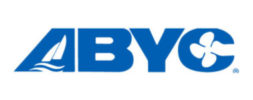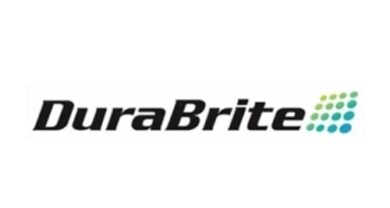MITEC Moves Forward
One of the major hopes expressed by organizers of February’s Conference on Marine Industry Technical Training was that the momentum toward meaningful action begun at the conference would be continued after the two-day event.
Continue it has.
The next major step in the ongoing process to improve technical education and training within the marine industry, and to lay the groundwork for the creation of a uniformly skilled and professional workforce is nearly complete.
One of the final actions taken at COMITT was a vote to create the Marine Industry Technical Council, a 21-member board of marine industry representatives and members of educational institutions, who will work to address the problems surrounding the issue of technical training.
Before MITEC could be seated, a selection committee had to be staffed with representatives from each of the industry segments organizers had identified. That task was completed near the end of March, and the 10-member committee began to scrutinize applicants.
The committee members are:
• Barry Acker: president, The Landing School.
• Mark Amaral: managing director, AABBRA.
• Joe De Marco: president and founder, AMTECH.
• Sarah Devlin: manager, EMarineTraining.
• Larry Determan: senior marine trades instructor, Skagit Valley Community College.
• Jack Horner: president of Marine Survey & Design Co.
• Ed Lofgren: MRAA and MMTA.
• Tom Marhevko: VP, Engineering Standards, NMMA.
• Ed Sherman: curriculum development administrator/senior instructor, ABYC.
• Committee Facilitator: Skip Burdon – president/CEO, ABYC.
“What we are going to be doing is screening the applicants, not necessarily for their political input, but for what their passion is,” said Skip Burdon, American Boat & Yacht Council president, and a COMITT co-producer. “I really believe that people who are passionate, not only with the industry itself, but with education too, will keep the momentum going.
“With us establishing MITEC, where we have buy-in and participation from all market segments, I think that’s going to really help tie in the commitment of the industry to a successful endpoint.”
Burdon says that once it is established, one of the things MITEC hopes to create is a master database that will allow input from every educational institution working with it. The database will be a resource for anyone who completes a certification course with Mercury, ABYC, the Association of Marine Technicians, etc., to log into and register as having completed that course.
“In the end, we hope to have a system in place that will have a catalog of all educational opportunities around the United States and Canada and each one of those programs or courses will have so many marine education credits,” Burdon says. “If you go to an IBEX, or something like that, it will be fed into the database and you will get so many continuing marine education units, and so many units equals a credit. And then we have this whole process in place by which human resources offices in companies can use it, and the individual technician will be able to feel a sense of pride and belonging to something.”
Burdon believes it is essential marine technicians feel that there is cohesion to the education and training in the industry, and that they see a career path for themselves.
When formed, MITEC will be an ABYC program, much like ABYC’s Standards board of directors. But ultimately, if MITEC decides down the road that it would like to branch off on its own, Burdon says ABYC would fully support that.
He believes it is important that the industry see MITEC as a non-threatening organization. As other industry initiatives – such as the Grow Boating campaign – move forward, it will be important everyone work together in order to make progress.
And initiatives like Grow Boating make the efforts of MITEC even more important.
“I’m in constant contact with [NMMA president] Thom Dammrich and [MRAA president] Phil Keeter and they’ve acknowledged the fact that there is this training aspect that needs to be taking place,” Burdon says. “But they are committed to help us put in place and are depending on COMITT and MITEC to do that.
“What they’ve recognized is the fact that we compliment each other. It’s not so much a race as it is handing the baton off. If it’s a race at all, we’re one relay team.”




